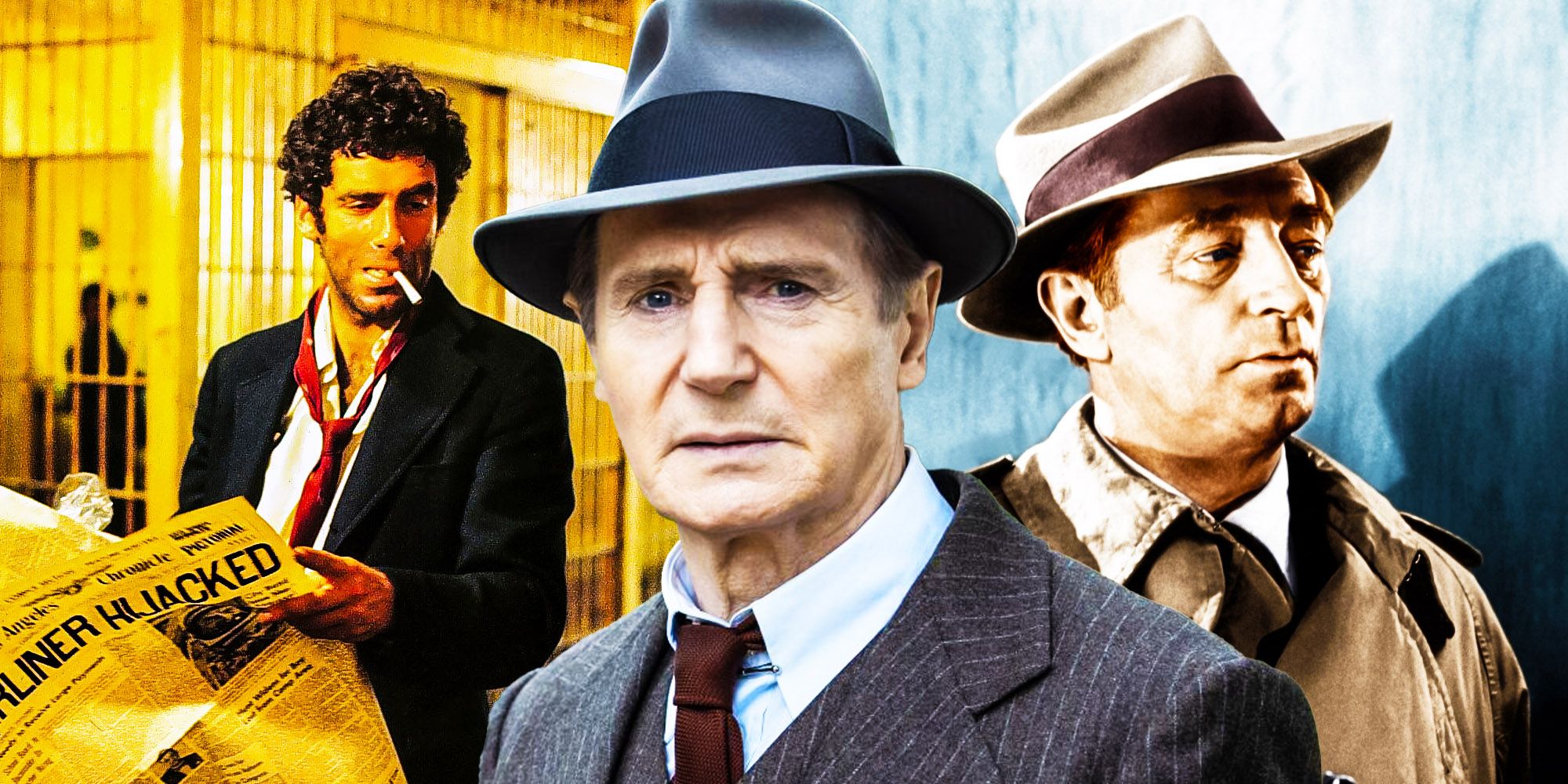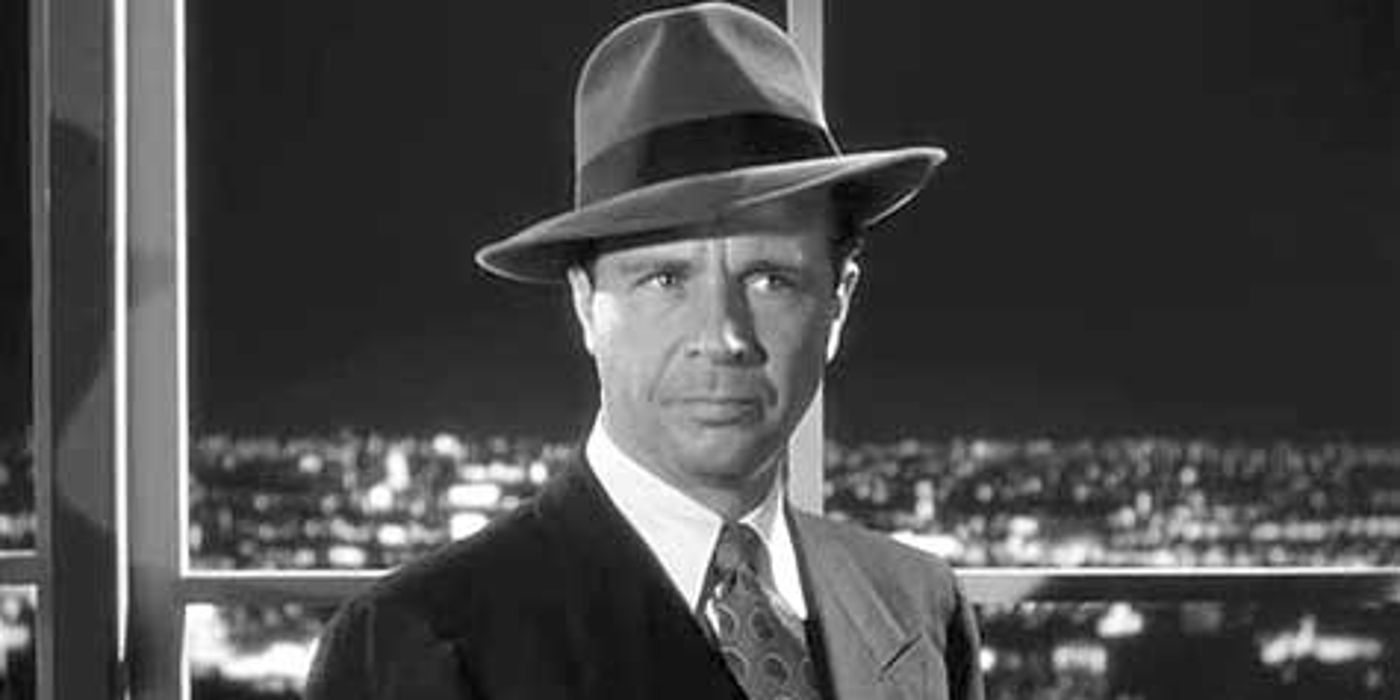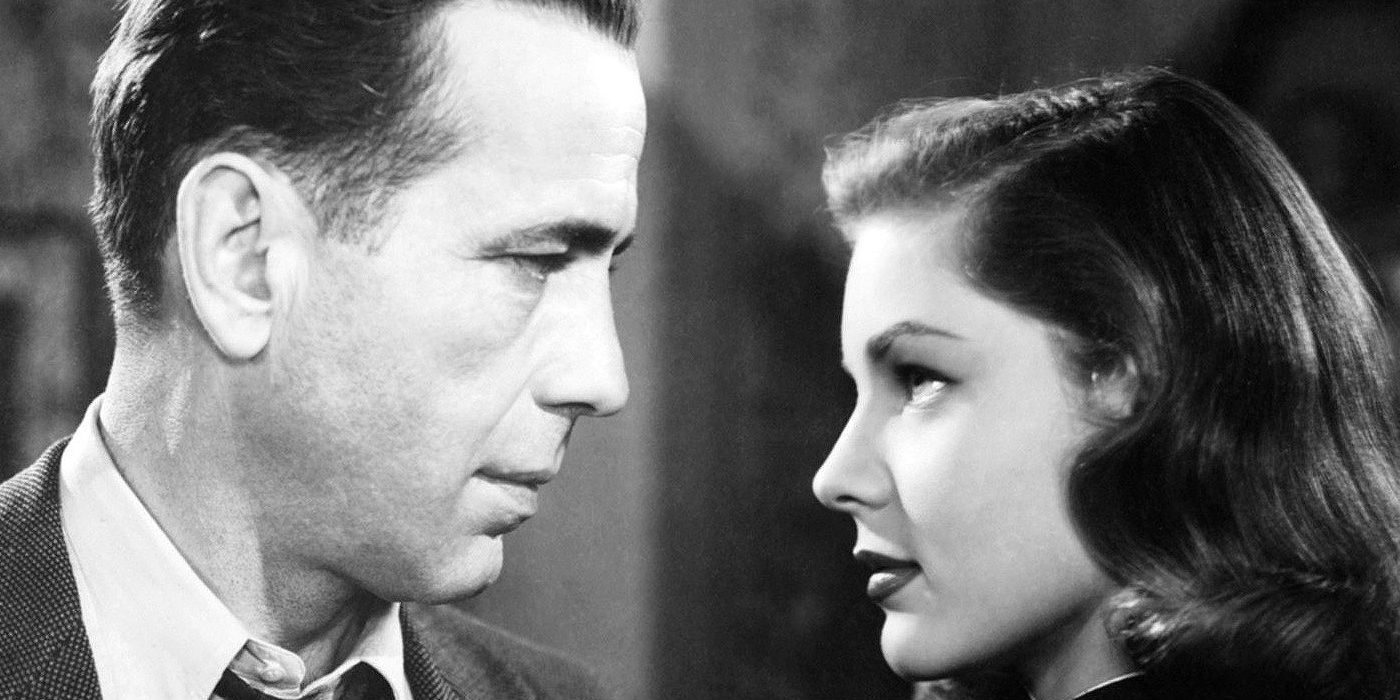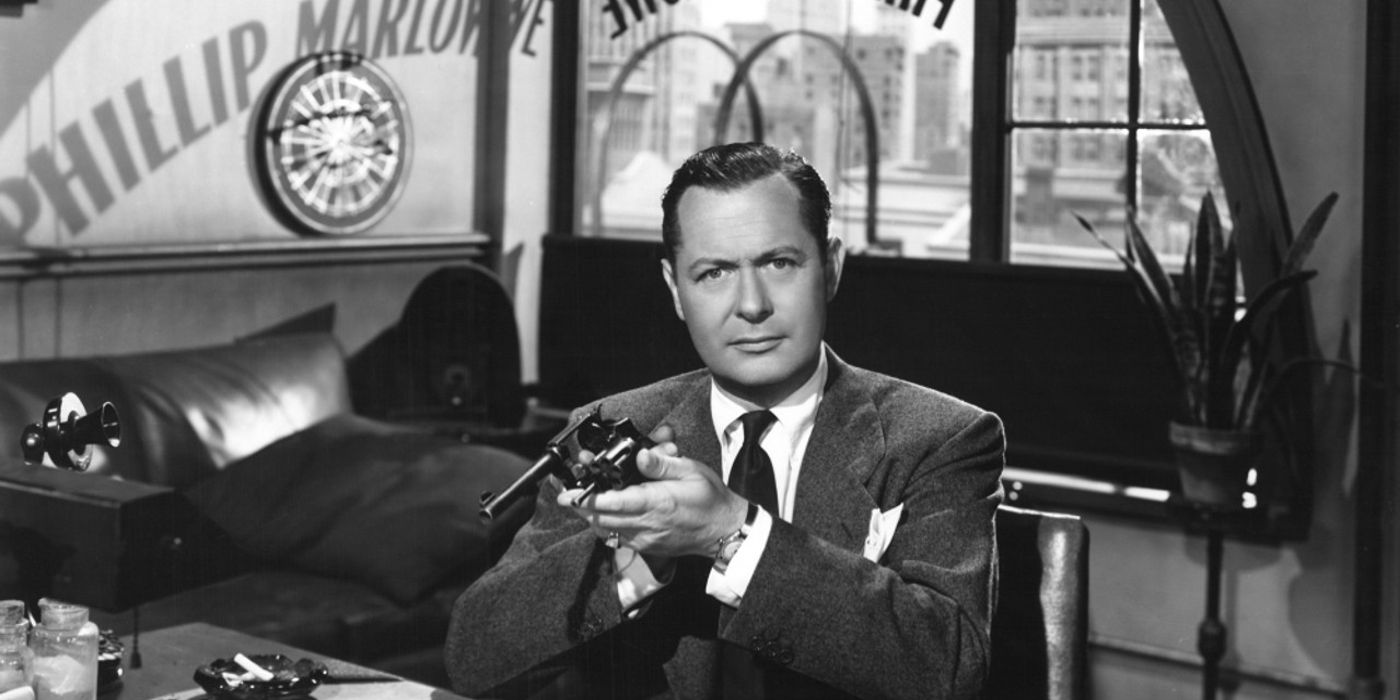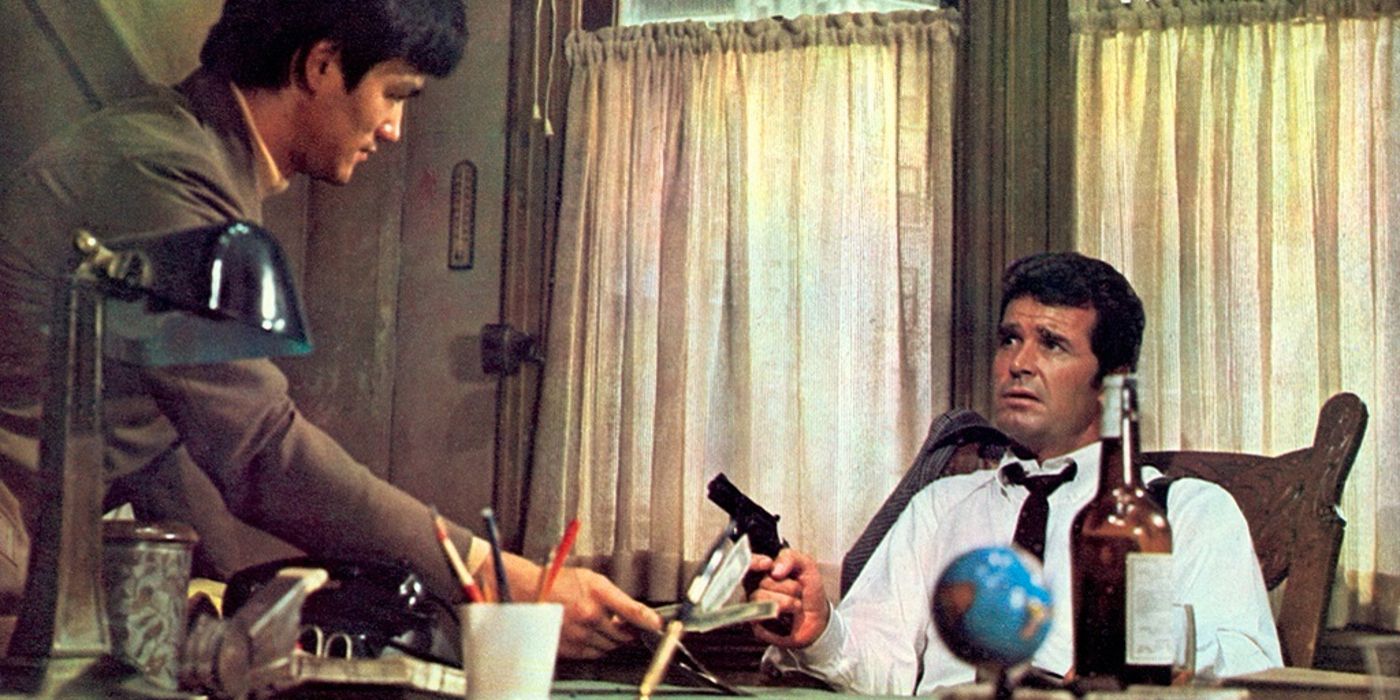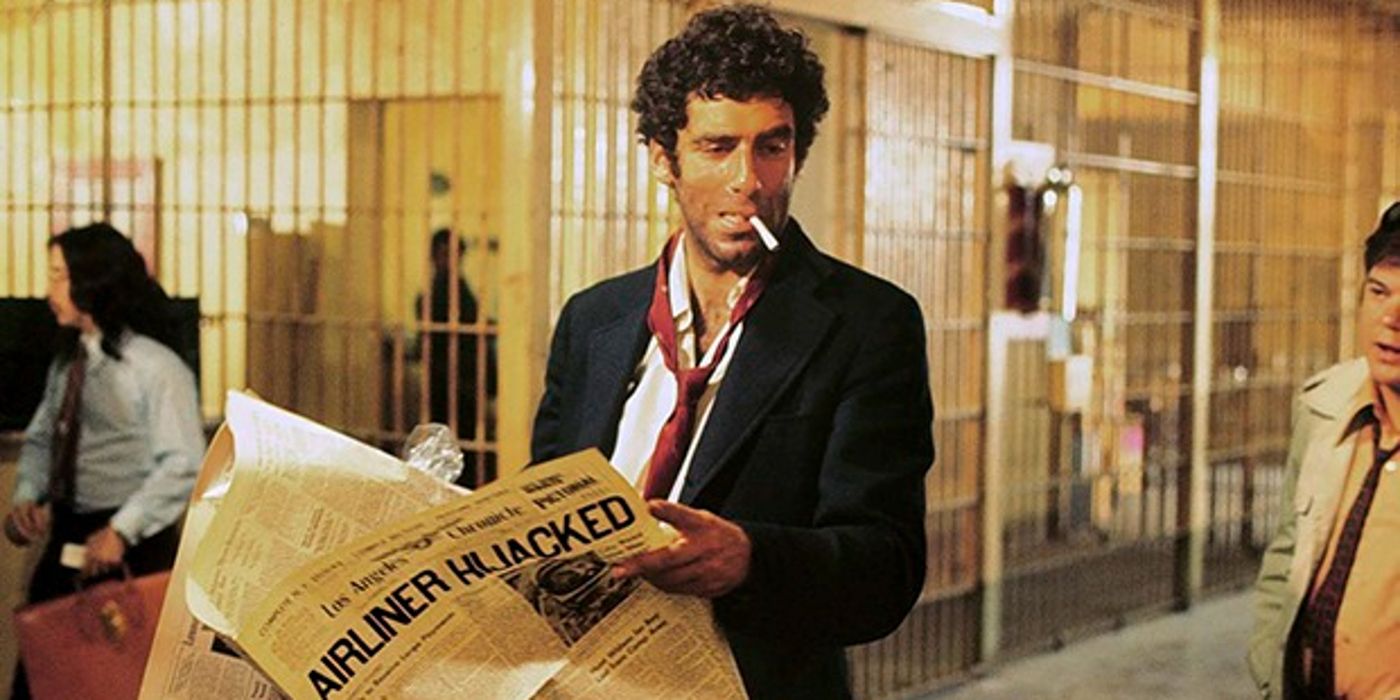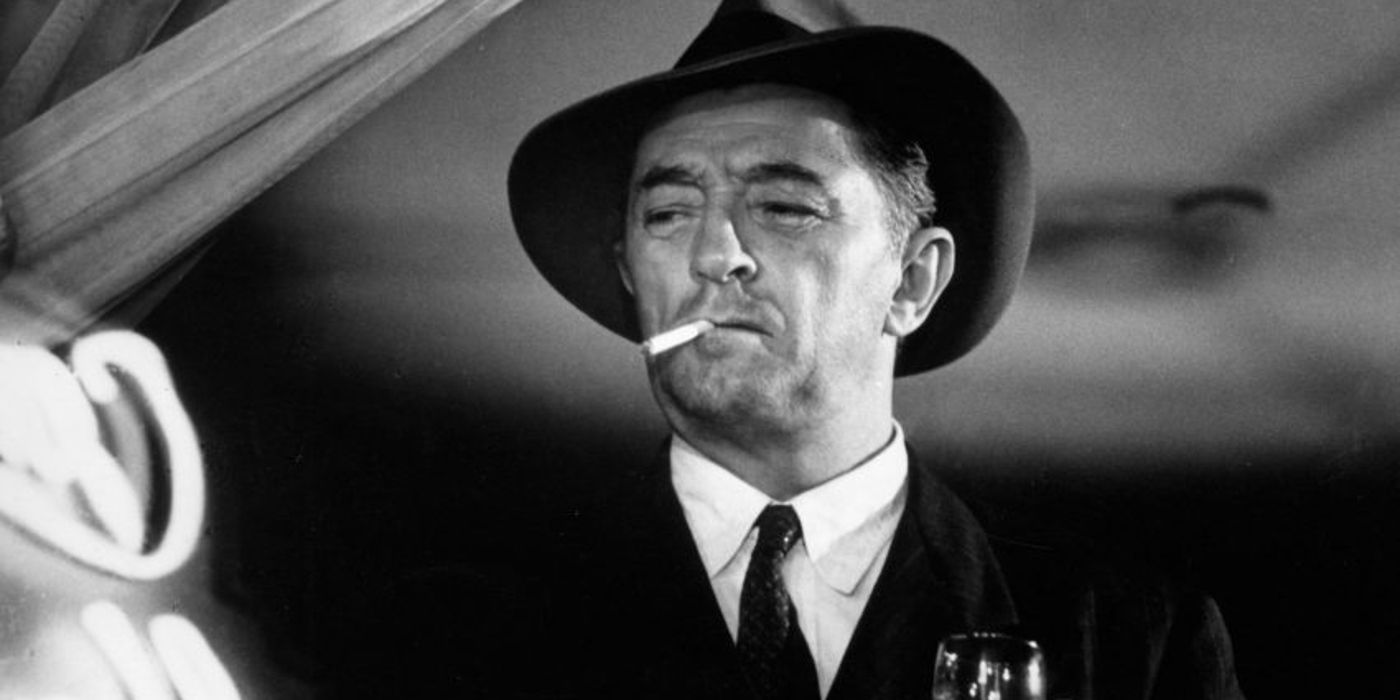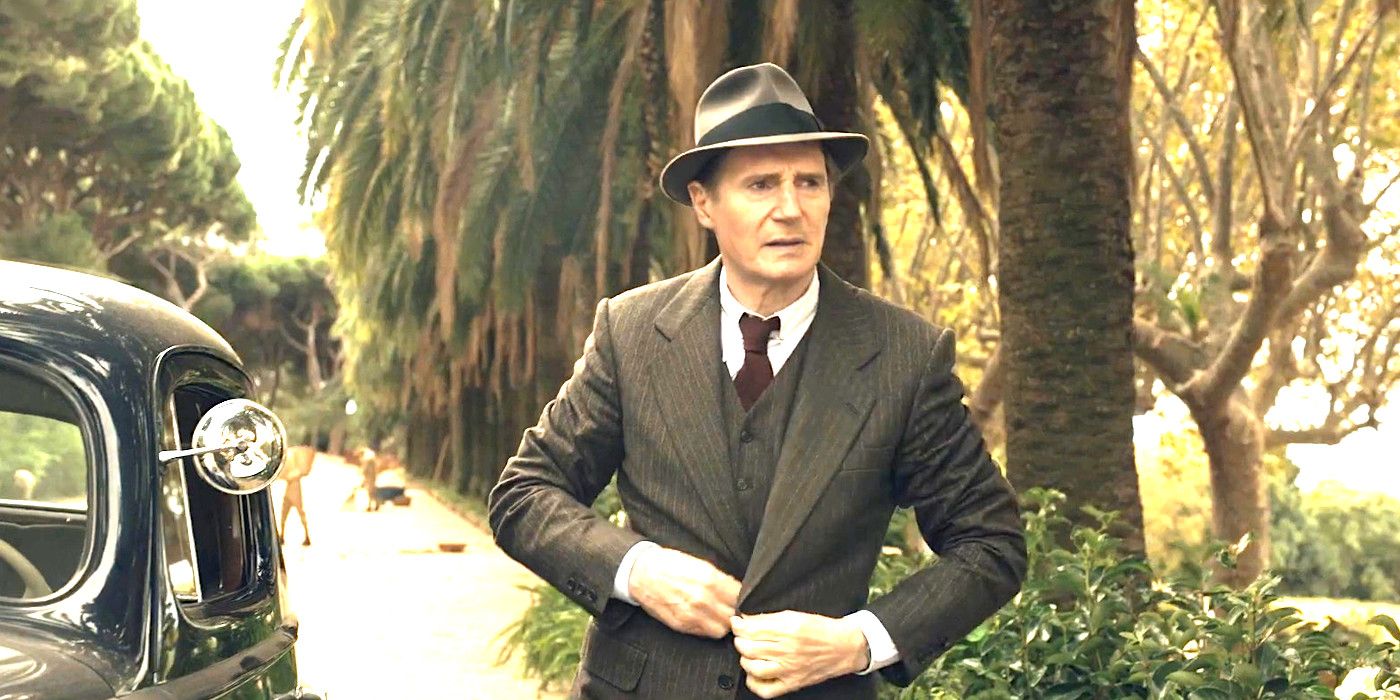It's been 45 years since anyone watched Philip Marlowe solve crimes in a movie, and now Neil Jordan's Marlowe places Liam Neeson among a unique cohort of actors who have played the famous literary detective, from the Golden Age of Hollywood to the gritty '70s. Raymond Chandler's Philip Marlowe is considered one of the most well-known antiheroes in crime fiction, beginning with the hard-boiled variety that rose to prominence in the '20s. Characteristic of protagonists in the genre, Marlowe is an honest gumshoe operating in a corrupt world, often seen as naive and chaste by those around him but a dogged pursuer of the truth no matter the personal cost.
Marlowe uses Chandler's beloved private eye but takes its plot from another author's book "The Black-Eyed Blonde," a 2015 novel by John Banville that focuses on the sudden disappearance of sordid raconteur Niko Peterson. Unlike film noir movie flop Nightmare Alley, the Marlowe movie (and the book), are able to engage modern audiences with the vintage material while still paying homage to Chandler's work. Every actor, including Neeson, has had to engage with Marlowe in their own way, and over the 80 years that he's been brought to life on the screen, each performance has been uniquely memorable.
7 Dick Powell in “Murder, My Sweet” (1944)
With his good looks and charm, Dick Powell takes the mantle of Marlowe in 1944 with Murder, My Sweet based on Chandler's 1940 novel Farewell, My Lovely. Powell doesn't look anything like what audiences might think of a hard-boiled detective today, but is actually close to Chandler's literary description of him. In the movie, Marlowe is hired by Moose Malloy (Mike Mazurki) to find a former flame, but nothing is ever as simple as it appears.
As he gets caught in a web of intrigue as convoluted as modern crime mystery series like Knives Out or Glass Onion, the case leads to a playboy's murder, some stolen jewels, and at the center, a mysterious blonde (Claire Trevor). Powell does a solid job conveying a sense of paranoia as Marlowe's life becomes increasingly jeopardized, perhaps because his earlier movies were romantic comedies and he, like Marlowe, feels increasingly out of place and unsettled. It's appropriate that an actor known for being a "nice guy" would transform into a hardened leading man and give Marlowe his staple cynicism.
6 Humphrey Bogart in “The Big Sleep” (1946)
Humphrey Bogart stars as Marlowe in one of the most famous film noir movies of all time, The Big Sleep, based on Chandler's 1939 novel of the same name. Marlowe is hired by General Sternwood (Charles Waldron) to help his daughter Carmen (Martha Vickers) with her debts but is soon pulled into a complicated mystery involving her older sister Vivian (Lauren Bacall), casino owner (John Ridgely), and murder. Crackling chemistry between fellow Oscar-winners Bogey and Bacall pierces through the noir darkness and gives it vigor, and Bogey's inherent world-weariness embodies Marlowe's struggle to remain honest in a harsh world.
Bogey doesn't look anything like how Chandler describes Marlowe in his novels (particularly since Marlowe is over six feet tall), but he conveys how much the weight of his cynical environment affects him throughout the film noir. When Carmen mentions that Bogey isn't very tall in the movie, he wittily replies, "I try to be," effortlessly creating an iconic standard for wise-cracking. He put his stamp on Marlowe despite only appearing in The Big Sleep, and other actors are still compared to him today.
5 Robert Montgomery in “Lady In The Lake” (1947)
After the commendable job Bogey does as Marlowe, Robert Montgomery takes a stab at the character in Lady In The Lake a year later. Montgomery is by no means a poor Marlowe, but unlike the attempt to recreate the grittiness of the period in Blonde, the urban blight has to be heavily sanitized. In the film, Marlowe wants to leave his detective days behind and devote himself to writing crime fiction, but interactions with an editor (Audrey Totter) don't lead to a handsome advance for his new book but something more diabolical.
The gritty crime movie was supposed to be revolutionary due to its first-person perspective that immerses the audience in Marlowe's point of view, aided handily by the fact that Montgomery also directed it. While entertaining on its own, an unfortunate disconnect still occurs when Marlowe walks around on pristine sets, with environments that don't convey the squalor of Chandler's world. Given Marlowe's cynicism, a movie from his perspective should outwardly reflect it.
4 James Garner in “Marlowe” (1969)
James Garner portrays the famous gumshoe in Marlowe, based on Chandler's 1949 novel The Little Sister. Garner is certainly capable at the action sequences, but his Marlowe is a little too much like Benoit Blanc and 007. When a mysterious woman hires him to uncover the truth behind her brother's disappearance, his steps are trailed by a masked menace and interspersed with blackmail and grisly ice-pick murders. As occurs so often in Chandler's stories, the very person who hires Marlowe ends up having something to do with the most troubling aspects of the crime case.
Despite being shot in dingy parts of Los Angeles, Bay City doesn't really come alive in the movie, and while Garner is incredibly charismatic, his Marlowe is almost too similar to his other famous character, Maverick. It features quite a bit more comedy than other Marlowe mysteries and seems to be played for laughs rather than irony.
3 Elliott Gould in “The Long Goodbye” (1973)
Elliott Gould stars as Marlowe in The Long Goodbye, a film noir that ignited a resurgence in Chandler's work thanks to its then-modern setting. The early '70s ushered in harrowing car chases in The French Connection and Bullet, with Gould rising to the challenge of turning the private eye into an investigator who could handle the mean streets of Los Angeles. The Production Code had been demolished in the previous decade, allowing filmmakers to give film noirs a little edge, often handling explicit themes with graphic language and visuals.
This made the '70s the ideal time to embrace Marlowe and his knight errant sense of integrity. Gould is best when tackling the parts of the narrative that deal with Marlowe's pessimistic perspective about the urban decay he sees around him. For some, his battered detective is the definitive version of Chandler's character.
2 Robert Mitchum in “Farewell My Lovely” (1975) and “The Big Sleep” (1978)
Robert Mitchum plays Philip Marlowe in Farewell My Lovely and The Big Sleep, both Chandler books adapted for film, and which had been filmed decades prior but given a fresh polishing for modern audiences. Neo-noir films of the '70s were expected to follow the blueprint of the Dirty Harry films, and the era included a lot of risk-taking in Hollywood. These crime dramas follow similar narrative beats to both the earlier film adaptations but feature slightly more grit, action, and cynicism than their source material.
An older Mitchum, known for genre films including plenty of Westerns, gives gripping performances in both, imbuing Marlowe with a little rage and cynicism in his later years after a lifetime of grappling with betrayal. The issues of prostitution and pornography are addressed head-on and unfiltered in ways previously not seen in a film adaptation of Chandler's novels (though they certainly contained them), and Mitchum tackles them with candor without going overboard on the sleaze factor. Mitchum perfectly represents that Marlowe desperately looking for something, anything worth fighting for.
1 Liam Neeson "Marlowe" (2023)
After a gap of so many decades, it's refreshing to see Marlowe back on the screen and the towering Liam Neeson amidst Marlowe's many colorful characters. In the opening pages of The Big Sleep, someone comments on Marlowe's height, and this becomes a running (and appropriate) gag in the movie. He's not the same wise-cracking, fast-talking Marlowe as previous incarnations, who were more indicative of the time period in which they were performed than the tone of Chandler's stories themselves, but he embodies Chandler's indefatigable detective.
Neeson retains Marlowe's working-class integrity, and his desire to get to the bottom of a case to earn an honest living as much as to satiate his own curiosity. Better than any other actor in the part of Marlowe, he highlights the character's sensitivity and vulnerability. Banville's novel makes it clear that while Marlowe can always take a licking from any hired thug, the scars on his soul are the reminder of the cost of doing business with a morally bankrupt world full of femme fatales and corrupt policemen - something 2023's Marlowe showcases especially.

